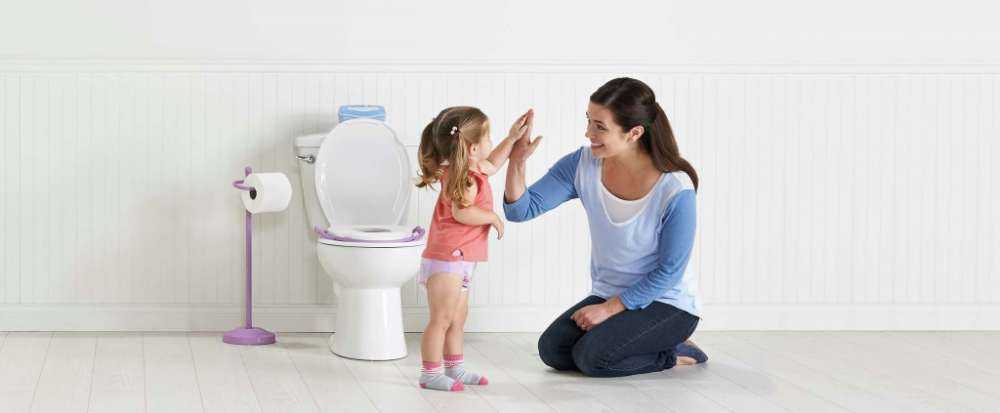BY SIMONE SMITH
It is the holiday season and many of us are gearing up for holiday shopping, busy parking lots and chestnuts roasting on an open fire. It is a season of holiday cheer, friends, family and poopy diapers. Poopy diapers? Yes, poopy diapers. Many parents are about to take on a challenge that could mean large quantities of rum and egg nog. What task am I speaking about? It is the difficult task that many parents want to avoid; toilet training. In our last section, we were able to introduce toilet training into our miniseries on Pervasive Developmental Disorders. I thought it might be a great time to introduce this topic because during the holiday season, there is a little more time to actually slow down. In this section of the miniseries, I will be presenting statistics and readiness signs that parents should be aware of
Toilet training takes time and patience and this is one of the reasons why it can become such a difficult task. According to Erin Oak Kids (2015), the average child is daytime bowel trained at 36 months; the average child is both bowel and bladder trained by 24 -48 months. Some children may not be nighttime bowel trained until they are between 5five and seven years of age. These statistics are meant to provide a general idea of when a parent should look into toilet training, but in no means are these ages set in stone. Parents have to realize that all children are different and just because one of your children had an easy toilet training experience, this does not mean that it will be the same for your other children. Oddly, the earlier a child starts toilet training, the longer it actually takes.
There are readiness signs that parents need to be aware of; these signs fall into two categories: physical readiness and developmental readiness. Physical readiness signs can include: regular and somewhat predictable bowel movements, your child is able to pull their own clothes on and off, your child can stay dry for two hour stretches throughout the day and your child does not have a history of constipation, urinary tract infection, diarrhea or any other bowel illnesses (Erin Oak Kids, 2015). Developmental readiness signs include: your child telling you that he or she has urinated or had a bowel movement, they are able to sit for three to five minutes with a preferred activity, they begin to imitate using the bathroom, and they have developed an understanding of what the potty is and what it is used for (Erin Oak Kids, 2015). If you as a parent are able to provide an understanding of toileting to your child, it can make it easier for them. This can be as simple as saying to your child, “Pee goes in the toilet. Poo goes in the toilet.” Parents can then watch to see how receptive their child is to this information. As parents you need to be sensitive to your children during this experience. Watch for behavior that can include pulling off diapers, or even touching themselves; these could all be signs that your child is ready to start this process.
One thing that must be avoided is forcing your child to toilet train when they are not ready. This can be traumatic for everyone involved and make this process seemingly harder. Signs that your child is not ready includes: they do not seem to notice when they have wet or soiled their clothing, there is not a recognizable bowel movement pattern, they pee more than every few hours and they show no interest in using the potty. If you are noticing these behaviors, do not precede in toilet training your child. The goal is to set your child up for success; if they are not ready, they will not be successful and then you are all back at square one.
As parents, you have to be aware of how ready you are to take on this task. Please understand, even though I have suggested that this is a good time to start, you have to know if you are ready. Signs that you are not ready to start include: you have negative feelings towards diaper changes, accidents or other issues around toileting, you are feeling pressure from family and friends about your child’s readiness or you are motivated to toilet train because of another stressor. This is a delicate experience and must be handled with care. I always want to share the way that any situation can be experienced from different perspectives. Parents, I sympathize with you and encourage you that you are not alone. In part three, we will go through strategies that will help develop the readiness to toilet train. Be of good cheer, everything will work out, I promise.

